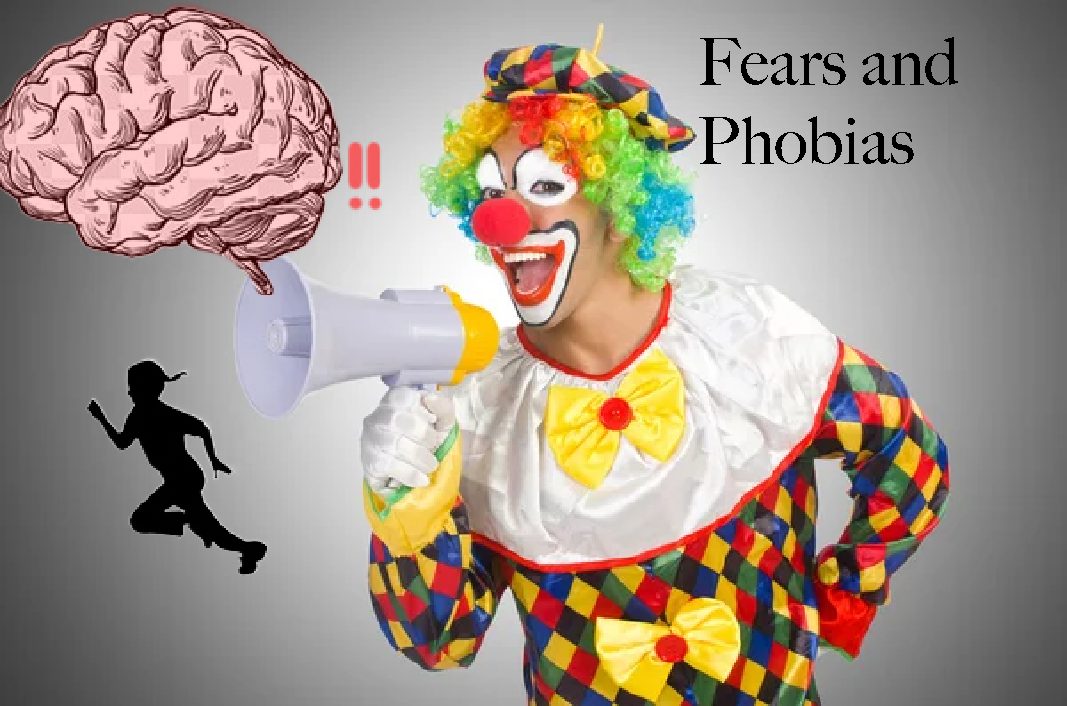When you’re a child the concept of a dark place is frightening, but why? Is it the idea of the unknown? Is it what could be hiding in it? What if it’s simply a struggle of object permanence? Fear of the dark, also known as nyctophobia, can hold many meanings in the human psyche.
We have fears because our minds invent the worst scenario possible with what you fear. Like when you’re on top of a ladder, and you feel queasy. This is because amygdala, the part of your brain that helps process many more emotions apart from fear, is sending signals to the higher sensory parts of your brain before any other part of the brain has time to rationalize the threat. The lower brain stem then processes the body’s response to the fear.
When humans are scared, there are three immediate responses: flight, fight and freeze. When you see a snake, your body will attempt to attack, flee or freeze in place when you see it. These responses will change depending on the circumstances, and how the brain categorizes what it sees as a threat to your life. These responces are triggered when the situation that the amygdala has determined as a threat. Heart rate increasing, blood rushing to the main muscle groups, and an increase of breath are the main body responses that are triggered by this.
For many people, they grow out of their fear of the dark, and the idea of being alone, or not. Unfortunately for some, many fears can easily turn into phobias. The most popular being arachnophobia. This is because many people’s fears are enforced with the media, and lack of interaction with spiders. The main reason that people’s phobias of certain things is because of these, and how many pieces of media have reinforced the fear of how all spiders, or snakes, are out to attack humans.
Fear in the modern day it’s more of an inconvenience rather than a survival instinct. Fears are a simple, instinctual solution to keep used to us staying safe. No matter how silly a fear seems, there is a logical, although not always rational, reason behind it.








